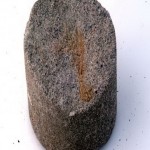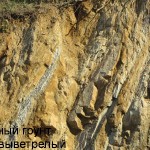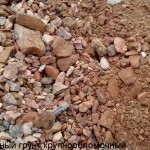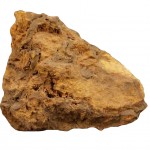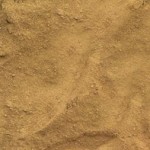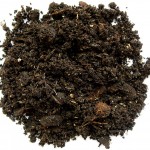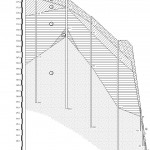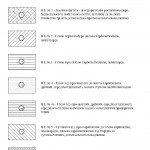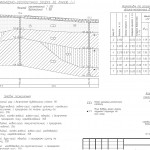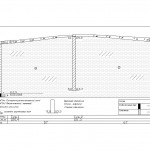The foundation of the house is the foundation, the house stands on it. And on what is the foundation, on what basis does its strength and power hold? The soils are sandy, rocky, clay and loam – they are all different, sometimes very strong, so it is advisable to understand how.
The strongest foundation for a home is of course rocky. The rock will withstand any house, it is still a stone. It is another matter that it transmits the shaking of seismic waves better than others, and almost does not damp them, but this is not true for all areas.
The next most durable soil is clay. Hard clay is only slightly inferior to stone.
The sands are not bad.
But peat (like any organic matter) is not good at all – it is even pressed through with a finger.
But there are also some subspecies …
Rocky soils can be unweathered, weakly weathered and coarse – they can carry very different loads.
Clays are firm, the most reliable, but there are also soft plastic and hard plastic;
In addition, there are sandy loam and loam, close to the sands and clays by properties.
Sands are large (by the way, the strongest of them), and there are medium and dusty;
In addition, there are geological anomalies:
organic matter (peat);
emptiness (karst);
and there are anomalies of subspecies – the same loam, but loesslike (when soaked, they lose their strength dramatically); impurities of different soils (for example, ground sandy loam is if there is peat in the sand).
And in this variety of species and subspecies, the spread of strength is simply gigantic – from almost complete zero (landslide and peat) to almost infinite (rock) strength.
So, first we need to know what the soils are under the house, and how are they arranged – evenly, or in a complex way? It is unlikely that a pit or a pit at a neighbor will help here – data is needed from depths of at least 8 meters, and, unfortunately, it is impossible to get them visually, with an “experienced eye”. This will give the geology of the site – drilling with lifting soil samples, and analyzing them in the laboratory. Then we get the figures of density, modulus of deformation, etc. – and they already allow to make the calculation. Knowing what the ground is under the house, and how the foundation is loaded in different parts of it, we can make it for a specific scheme that we have already chosen (tape, plate or other) – and we get the thickness of the concrete base and walls and the diameter of the reinforcement.
Here are some examples of geology:
The first example of geology is ideal – sandy soils for all the explored depth, on top of slightly fertile soil with organic matter, uniform bedding of soils is an option suitable for any construction, the foundations here will be the simplest and most inexpensive.
A second, imperfect geology example — the soils are very different in characteristics; during the period of primary precipitation at home, they will also compress very differently, and this makes it necessary to build a foundation that will withstand and not crack – monolithic, with powerful reinforcement, and therefore – not the most simple and inexpensive.
The third geological example is complex – the soils are again very different, besides the area on the slope, and there is a risk of a landslide. This makes it necessary to make at least a monolithic strip foundation, and maybe a pile, the most difficult and expensive.
An important nuance is the choice of the base scheme. There are three options, with very different cost and complexity: tapes (prefabricated and monolithic), slab or piles. Sometimes, in difficult cases (landslide slope, inhomogeneous soils, geological anomalies) one has to consider more than one option, comparing with different parameters, including cost. These are options for the location of the house, for its height (with or without a basement) – as described in this article – A site on a slope.
